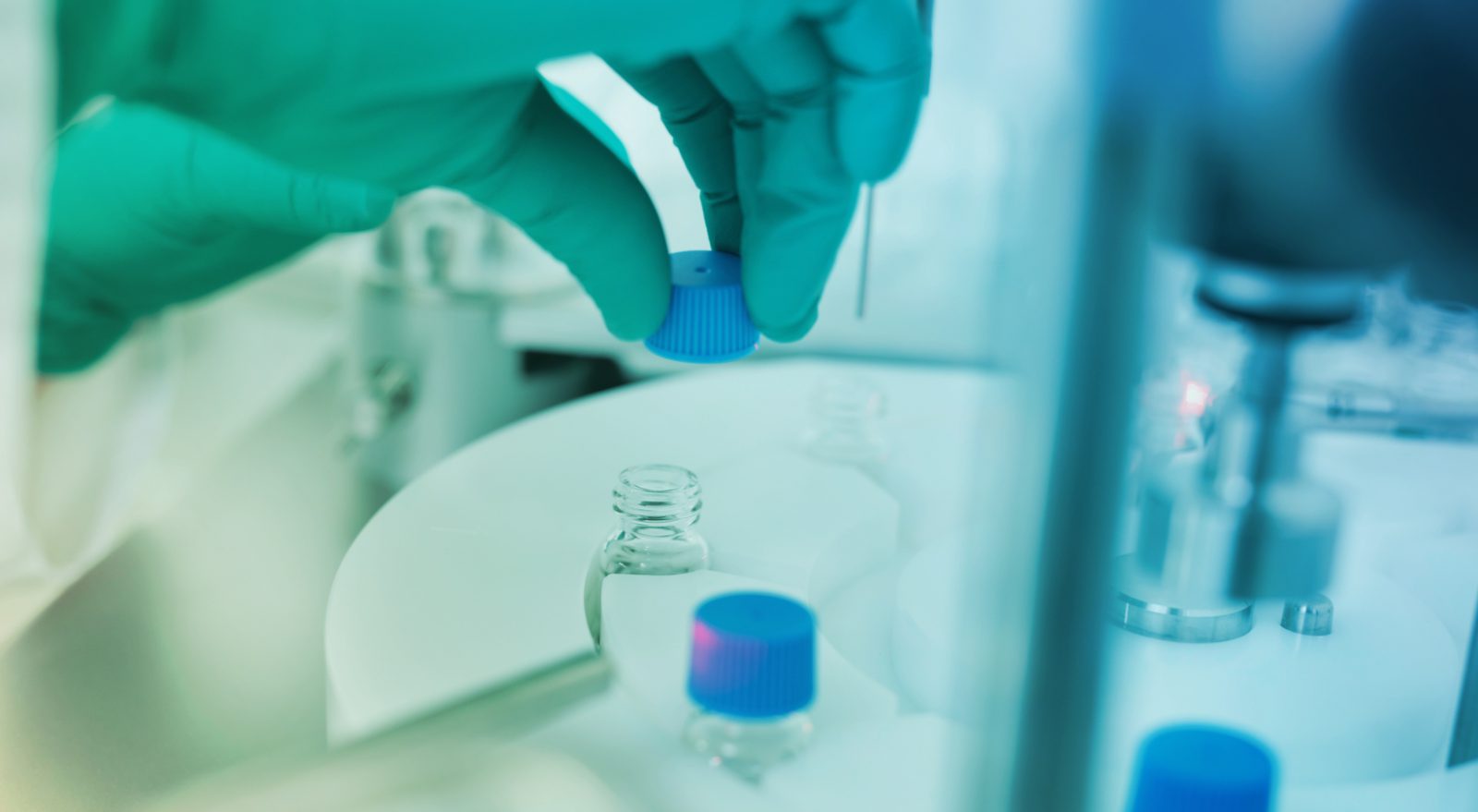June 22, 2016
Publication in collaboration with Novo Nordisk
In an interesting research collaboration Rossix and NovoNordisk found the explanation to why one-stage factor IX clotting assay using silica containing APTT reagents highly overestimate N-glycoPEGylated factor IX activity (Nonacog beta pegol (N9-GP) ). The work was published in Journal for Thrombosis and Haemostasis in May 2016.

Reference:
Rosén P, Rosén S, Ezban M, Persson E. Overestimation of N-glycoPEGylated factor IX activity in one-stage factor IX clotting assay owing to silica-mediated premature conversion to activated factor IX. J Thromb Haemost 2016; 14: 1420-7.
Essentials
- Nonacog beta pegol (N9‐GP) activity is overestimated in clot method using silica‐based reagents.
- Mimicking contact activation phase with silica reveals N9‐GP activation before recalcification.
- Localization of N9‐GP to silica facilitates activation by factor XIa and plasma kallikrein.
- Silica‐based reagents to be used with caution when monitoring N9‐GP therapy using clot method.
Read more
Background
Clinical laboratories routinely quantify factor IX (FIX) activity by measurement of the activated partial thromboplastin time (APTT) in a one‐stage (OS) clotting assay. This assay can be performed with any of a plethora of differently composed APTT reagents, giving variable recovery when applied to nonacog beta pegol (N9‐GP), an N‐glycoPEGylated recombinant FIX.
Objective
To identify the cause of observed overestimations of N9‐GP activity in an OS FIX clotting assay when most APTT reagents containing silica are used as the contact activator, and to elucidate the underlying mechanism.
Methods
Experiments mimicking the contact activation and clotting phases of the OS assay, combined with the use of plasmas with various deficiencies, were employed to shed light on the unique behavior of N9‐GP. Confirmatory activations of N9‐GP with purified enzymes and physical adsorption to silica particles were studied, and the influence of free polyethylene glycol (PEG) on these processes was investigated.
Results
N9‐GP, but not native FIX, added to FIX‐deficient plasma was prematurely converted to activated FIX (FIXa) during the contact activation phase of the clotting assay. Activated FXI (FXIa) and plasma kallikrein (PK) were responsible for the activation of N9‐GP, an event that appeared to require the presence of a silica‐containing APTT reagent. PEG‐dependent adsorption of N9‐GP to silica particles could be demonstrated.
Conclusions
The PEG moiety mediates colocalization of N9‐GP with its activators FXIa and PK on silica surfaces, thereby facilitating premature conversion of N9‐GP to FIXa during the contact activation phase, and leading to overestimation of the FIX activity in the OS clotting assay.
